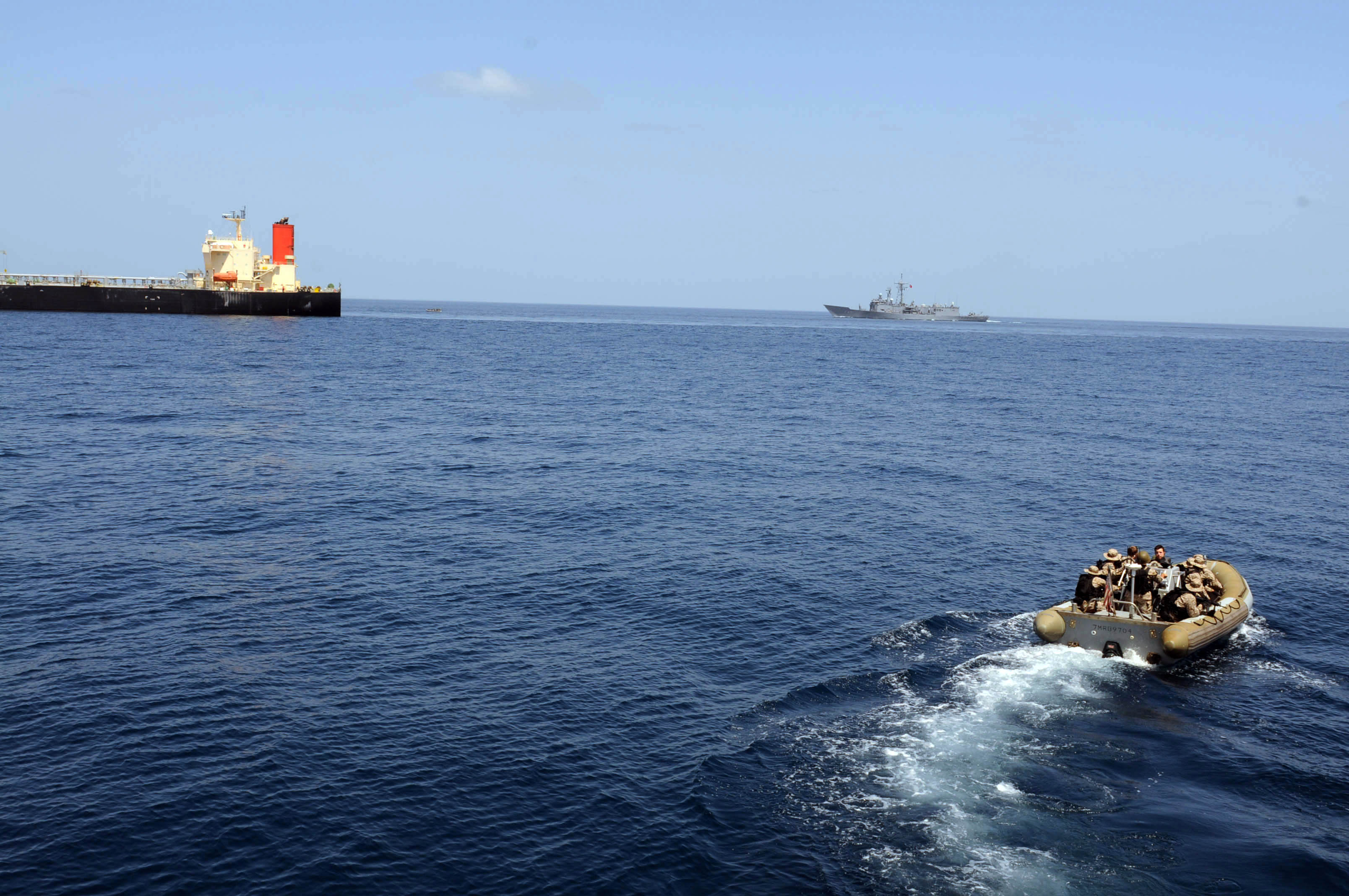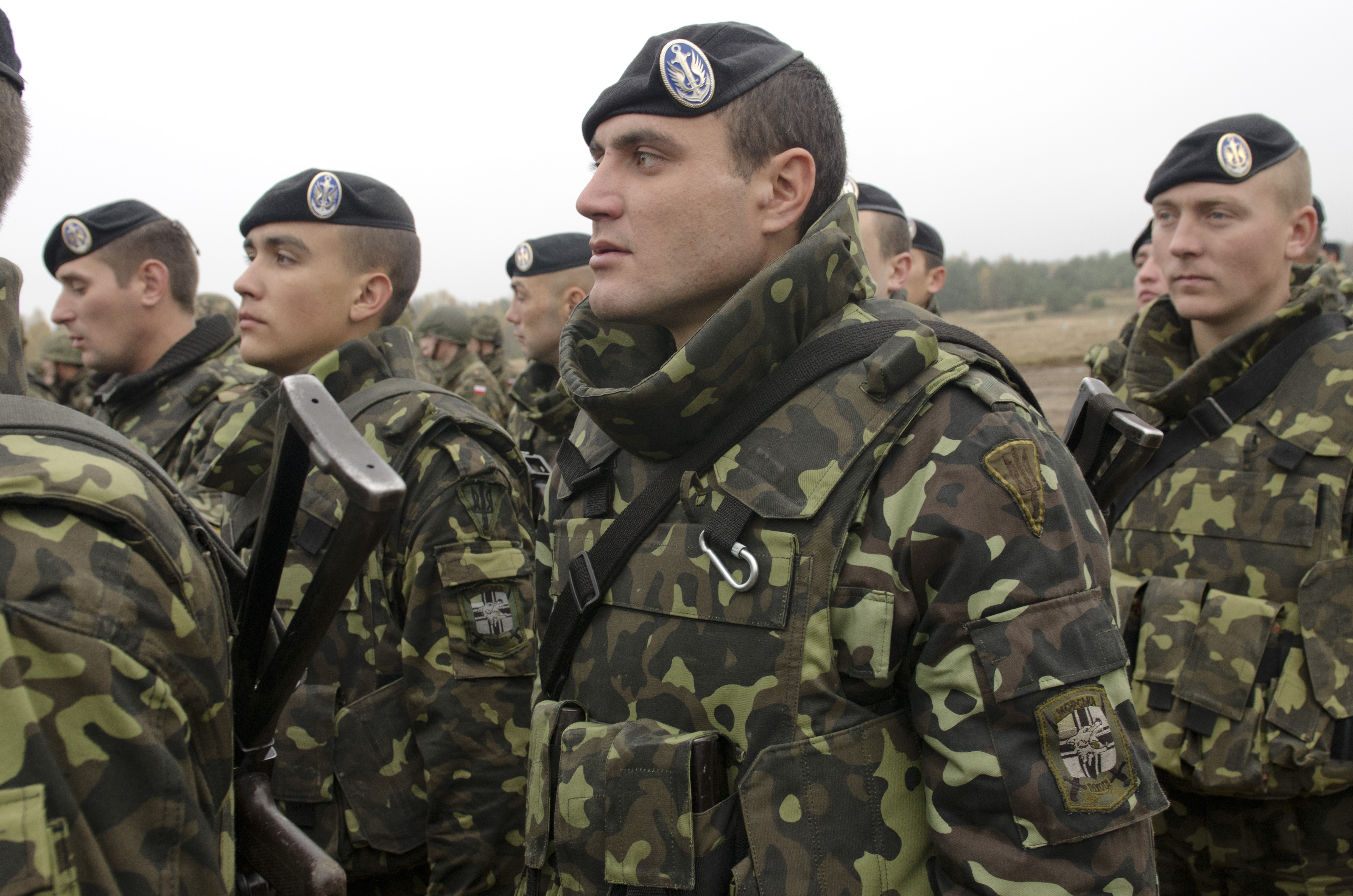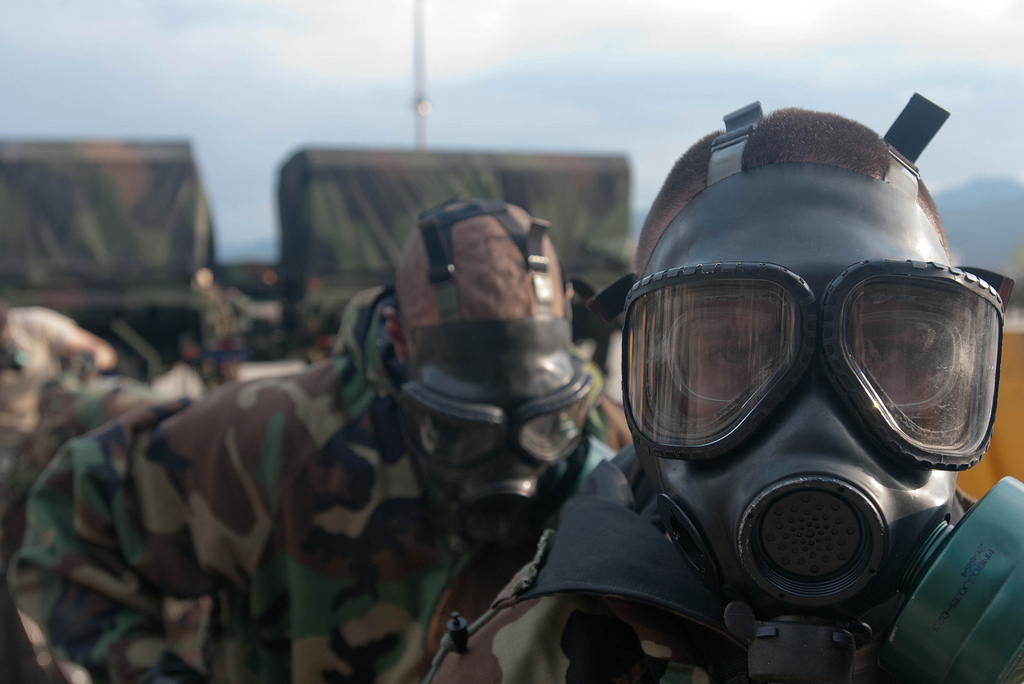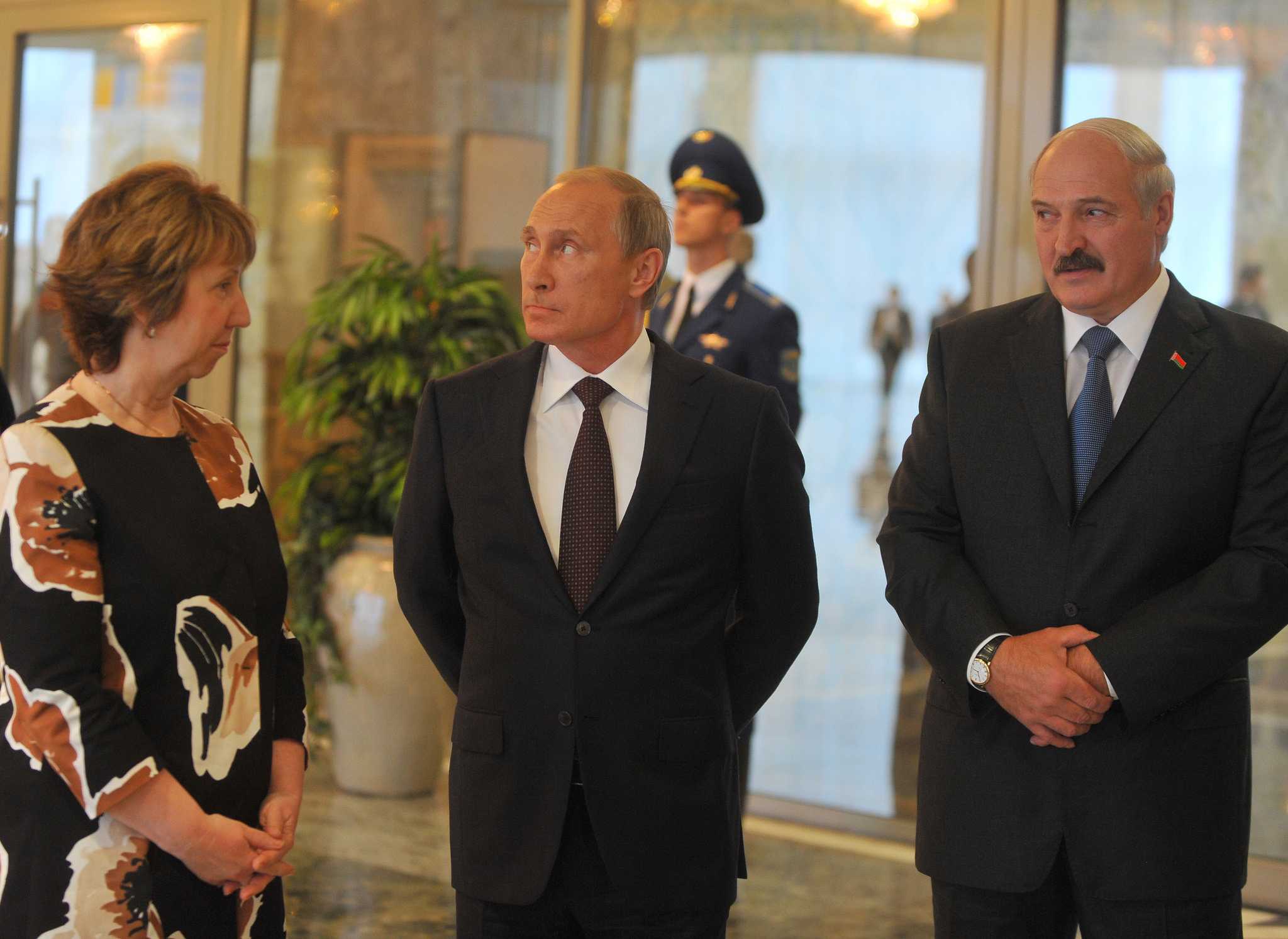Guest post by Anita Gohdes and Sabine Carey
Images capturing the protests in Kiev last week, and now also in Caracas and Bangkok, are demonstrating once again how quickly civilian uprisings are countered with violent state responses. In Caracas and Bangkok, eyewitnesses and the media are reporting that major parts of the government’s repressive efforts are not being conducted by regular police or military forces but instead by militias siding with the government or paramilitary groups. Why do some governments delegate the task of “restoring order” to groups that are not strictly organized under their control, and that are usually not as well equipped and trained as police and formal government forces?
The Pro-Government Militias Project has been trying to offer some insights into this question by collecting data on the type, location and various characteristics of these groups across the globe. Within this project, a pro-government militia is defined as a group that:
- Is identified by media sources as pro-government or sponsored by the government (national or sub-national),
- Is identified as not part of the regular security forces,
- Is armed, and
- Has some level of organization.
The data currently range from 1981 to 2007, so the most recent examples from Ukraine, Venezuela, Thailand and Syria are not yet included. That said, past patterns can help us understand the motivations behind these current instances of outsourcing violence:
- Given the prevalence of these groups, they are not just a phenomenon of failed states or civil wars. Between 1981 and 2007, 88 countries were recorded to have had at least one pro-government militia at some point and almost half of the observations with pro-government militias occurred outside of armed conflict.
- With the entire world watching events unfold, groups that are only loosely connected to the government become particularly attractive for political leaders, since these irregular armed groups offer governments the opportunity to deny responsibility for human rights violations they might commit. Informal pro-government militias have been linked to a heightened risk of torture, killings and disappearances, and to genocide.
- Pro-government militias are outside regular and generally hierarchical command structures and are often under direct and personal control of leaders – which enables them to react to changes on the ground quickly and effectively.
- In situations where military leaders and personnel are defecting to the opposition, personal links to violent groups can help state leaders maintain their position and fighting capabilities.
- Governments that want to appear democratic have a particular incentive to transfer the job of “clearing” protesters to groups that are not directly linked to their own leadership. Autocratic leaders who generally have a higher propensity for using violence against their population are likely to be less concerned with covering up repressive behavior.
- Governments that fear that their link to militias might be uncovered are less likely to outsource violence to these groups because they anticipate that they might not get away with avoiding accountability for the violence these irregular armed groups might commit.
Close proximity to the European Union, which has significant political and economic leverage over Ukraine and has a strong interest in keeping close tabs and ties on events in that country, might well have affected the recent turn of events in Kiev. In Venezuela, however, it has become even harder to expose potential links between Maduro’s government and militias, with journalists expelled and the internet being disrupted. If the world watches, the incentive to outsource repression and atrocities to informal armed groups increases. If the world watches closely, this strategy becomes increasingly unattractive for governments.
Sabine Carey is Professor of Political Science at the University of Mannheim. Together with Neil Mitchell she runs the Pro-Government Militias Project.
Anita Gohdes is a PhD Candidate at the University of Mannheim, and a consultant with the Human Rights Data Analysis Group.








18 comments
Could you illustrate better how this arrangement is becoming unattractive for governments? Surely its level of appeal depends on the level to which it desires to appear democratic (and I am not completely sure of how much economy factors into this point) and how that weighs against their desire to remain in power. In that context, in countries that have less economic clout to begin with (and presumably less to lose), doesn’t this situation continue to be attractive inasmuch as it may be difficult for these leaders to assemble a “regular” military force? And in a case like Venezuela, if the government cannot rely on these sorts of forces in the long-term (because I assume they do have a vested interest in remaining democratic and keeping open economic ties), what sorts of alternatives are they going to start looking at?
I’m sorry but I’m not sure I understand what you’re saying entirely.
If you mean that nations that are poorer don’t have the money for a military, so they use militias, there might be a link but I don’t think we can base it strongly on economic wealth or how large the military is. Remember that the Syrian military is very large and Saudi Arabia is very wealthy, but both have militias that they use.
I think it’s more that dictators feel reluctant to rely on armies for control against civilian opposition. For example, in the 2009 Iranian protests it’s notable that the Iranian government used the Basij and Iranian Revolutionary Guard to break demonstrations, not the Iranian military. Of course, this doesn’t always work. Mubarak had a similar group but he was still forced from power*. Likewise, sometimes armies are fully willing to use force on civilians, look at the death toll caused by the Egyptian military crushing pro-Muslim Brotherhood protests.
*And I have to wonder why that isn’t mentioned in the PGMP data. It’s not as though the groups didn’t exist before 2011.
Presumably pro-government militias are also often more effective than uniformed security services at crushing protests. Though less organized they are less obvious than cops or soldiers, and their deniability is less likely to inflame domestic fence-sitters (assuming you can count on formal security forces to be a tough as you’d like, which often isn’t assured), as appears to be happening in Venezuela today.
We find several reasons for why governments might create or align with militias within their own countries, which are also in line with your comments (the paper is online at http://www.sowi.uni-mannheim.de/militias/?page_id=17). First, governments use them as low-cost force multiplier, i.e. they are simply cheaper to recruit and to maintain than regular forces. Second, militias are often more effective than regular forces because they can access valuable information for the government more easily than official forces. PGMs can also be more effective because they are more flexible. Not being part of a hierarchical command structure, they can react more quickly to changes on the ground. Third, as we wanted to highlight in the blog, PGMs offer plausible deniability to governments to reduce the risk of being punished for human rights violations. Militias also sometimes act as force substitutes when the government does not trust its regular forces.
The article’s point seems to be that countries are finding it more and more useful to use PGMs. However, at the end of the article, it says “If the world watches closely, this strategy becomes increasingly unattractive for governments.” I don’t understand how that conclusion is being drawn from what was presented.
When the world is noticing that protests and the like are happening, it’s difficult to use police and soldiers* to crack down on protesters because of the pressure that would be placed on the nation and so the government will use the more hidden militias instead.
However, when the world is paying very close attention and monitoring every detail, even militias can be hard to use because the government’s ties to the militia can’t be hidden well enough and the government might be punished for the use of militias.
And again, this isn’t always true. There was a lot of attention put on Iran in 2009 and Syria a few years later, both nations still made use of militias. But in general the article’s basic argument can be accurate.
*Aside from the other reasons a government might want to not use police and soldiers.
There is a parallel in the U.S. — the increasing use of private security organizations, like the former Blackwater (later Xe, now Academi) by the legitimate government as well as other state / private institutions.
There are differences. The militia example is used for disrupting and repressing domestic opposition efforts through violence whereas the mercenary example is used for military activities abroad. Both are probably similar in the inability of the government to use regular security/military for an operation or the desire to not use them, but the ends are generally going to be different as well as the intended target.
Actually if you look at the data, the US is coded as having a ‘presence’ of ‘semi-official’ PGMs-the codebook indicates this is related to the armed forces of the states (state militias -hence ‘semi’).
I honestly had no idea that any such organizations still existed (and incidentally the database does not appear to know the word “America”), and as far as I can tell most are either a makeshift reserve for the formal National Guard in the event of a natural disaster, or what we call “weekend warriors” who just get together every now and then so they can feel like soldiers.
Considering that there are (as of the list in 2007) less than 12,000 total in a nation of about 310 million, their lack of actual use (in disasters and riots the government uses police and the National Guard to handle things), the fact that they aren’t in existence in over half the nation and Alaska decided to disarm their force in 2008 I really wonder if they even deserve to be mentioned.
Great database though I found some peculiarities in the actual data. According to the coding scheme PGMs are
1) identified by media sources as pro-government or sponsored by the government (national or sub-national),
2) are identified as not part of the regular security forces,
3) are armed, and
4) have some level of organization.
To me it seems clear the Shabiha in Syria meet this definition, yet from 1981-2007 Syria’s values for all the variables are zeros. Is there something I’m missing here? Also, I noticed Lebanon and Somalia both had a string of missing values for all variables in all years. Is this due to the unique nature of their political processes during those years that renders a clear distinction between groups unreliable (namely collapse of the state in the case of Somalia and civil war/occupation by foreign forces – Syria/Israel -in the case of Lebanon) ?
Thank you for the article, very informative